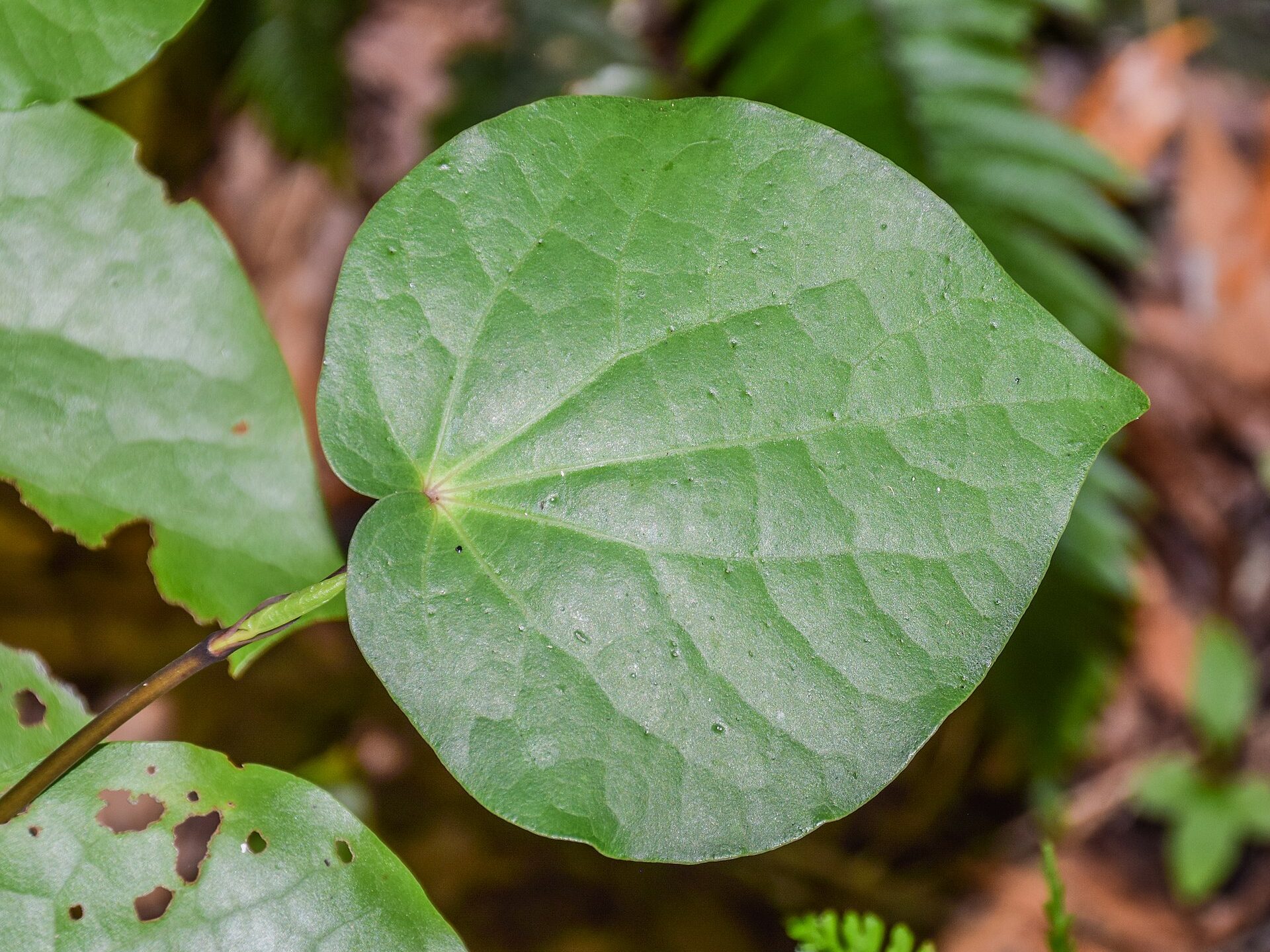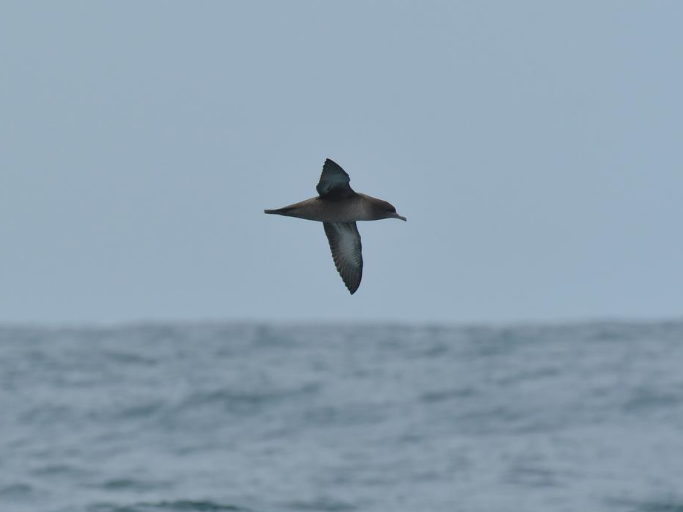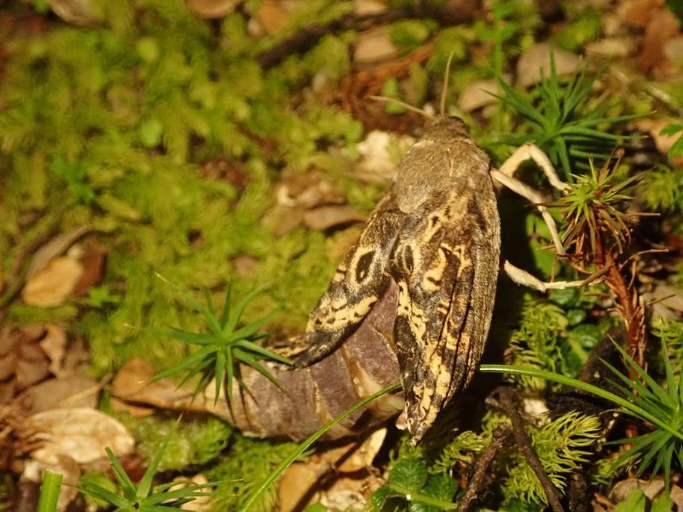ON THIS PAGE
What is Mātauranga Māori?
‘Mātauranga Māori’ directly translates as ‘Māori knowledge or wisdom’. However, it is more complex than that; it encompasses skills, understanding, awareness and a deep, intricate knowledge passed down from generation to generation, for example through whakapapa (genealogy), waiata (song) and mōteatea (narrative poems). It is a systematic approach of observing, recording, analysing and reviewing our interactions with the natural world.
In New Zealand and internationally, there has been a growing awareness among the scientific community of indigenous or traditional knowledge, its value, and how it relates to environmental science.
Incorporating mātauranga into scientific research and conservation projects can result in a better understanding of climate change, habitat loss and introduced species.
For example, if whānau, hapū or iwi who have lived on the same land for generations share their area-specific knowledge of native flora and fauna (such as population changes in a species or the medicinal use of a plant), this can be invaluable for researchers and can be used as an effective monitoring/measuring tool.
Likewise, collaborative research may benefit Māori communities through the sharing of ideas and information.

The importance of Mātauranga Māori
There are a range of reasons Mātauranga Māori should be incorporated into your project, including:
- Work towards the common goal of preserving taonga (precious) species and respecting the environment through kaitiakitanga (guardianship)
- Form a collaborative approach – whanaungatanga or building relationships
- Show respect for Māori knowledge and values
- Share valuable and unique insights and information
- Educate future generations of Māori and non-Māori
- Empower Māori communities to preserve their Mātauranga
- Learn from and preserve ancestral knowledge
- Engage Māori communities in science
- Honour Te Tiriti – the Treaty of Waitangi (find out more).
How to incorporate Mātauranga Māori
It is important to not only consider Mātauranga Māori in a broad sense, but to engage directly with mana whenua: the whānau, hapū and iwi who have land rights and territorial knowledge in the area related to your project. Let them know (as early as possible) that you would like to incorporate Mātauranga and get their permission and guidance. It is not appropriate to do this if you do not get permission.
Auckland Council has a directory for mana whenua contacts in the region and advice on how to engage with mana whenua representatives.
Te Puni Kokiri has a list of iwi by local authority and many iwi have their own websites (e.g. Ngāti Porou in the Bay of Plenty).
Several wānanga (learning institutions) have courses and information on Mātauranga Māori and its role in science education. For example, Victoria University of Wellington.

Some iwi such as Ngāi Tahu have their own websites where they share information and outline their goals and aspirations for the environment.
You can also contact your local district or city council, regional council or local DOC office to get an understanding of who the mana whenua are in your area and the work they are doing in this space.
DOC has a fund for whānau, hapū and iwi wishing to preserve and promote Mātauranga Māori.
Landcare Research has good practice guidelines for working with tangata whenua and Māori organisations
Most NZ environmental agencies have information and resources too; see the related links below.
Examples of projects incorporating Mātauranga Māori
Kia Mau Te Titi Mo Ake Tonu Atu
Kia Mau Te Tītī Mo Ake Tonu Atu (Keep the Tītī Forever) was a 15-year research project involving Otago University and Rakiura Māori. It was launched in the early 1990s to analyse and predict population changes of tītī (sooty shearwaters) on Rakiura (Stewart Island) and its smaller offshore islands, factoring in potential risks such as over-harvesting, introduced mammalian predators, and climate change. It aimed to ensure there would be sufficient tītī for future generations of Rakiura Māori without threatening long-term sustainability. It also provided a blueprint for other iwi groups and scientists on how to more effectively achieve cross-cultural research.
As part of the Mātauranga Māori element of the project, 22 kaumātua (elders) were consulted to record their knowledge and learn more about the concepts of mātauranga and kaitiakitanga. This information was then incorporated into the university’s scientific and mathematical research. Hui presentations were held several times per year, and confidential research was also undertaken with individual whānau to record their harvesting of regional tītī populations.
Medicinal properties of fungi in NZ
Science Learning Hub / Pokapū Akoranga Pūtaiao has published an article on Māori knowledge and the use of fungi as food and medicine, and also as a pigment for tattooing and a tinder to start fires (published in English and te reo Māori).
Maukahuka Pest Free Auckland Islands
Maukahuka Pest Free Auckland Island is a project that partners DOC and Ngāi Tahu to eradicate pigs, cats and mice from the main island of the Auckland Islands archipelago. In 2019 two kaumātua from Ngāi Tahu sailed south to spend a week on the uninhabited islands, which are 460km south of Bluff.


